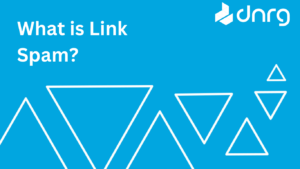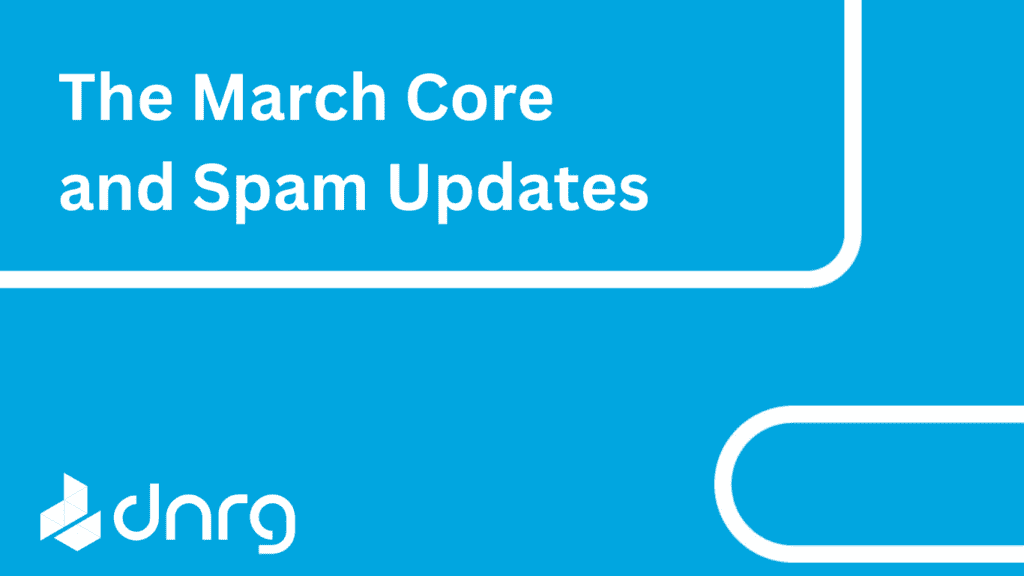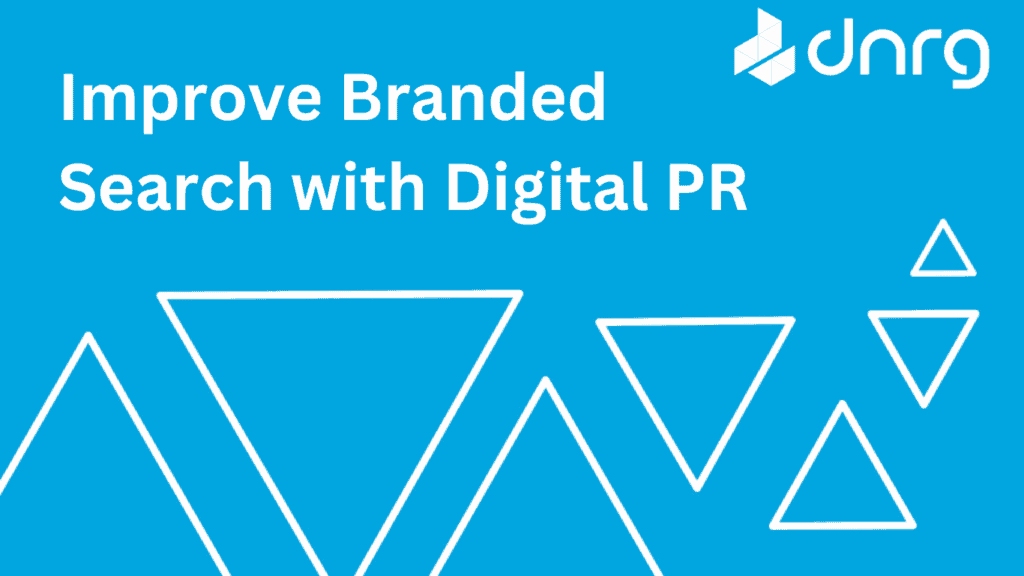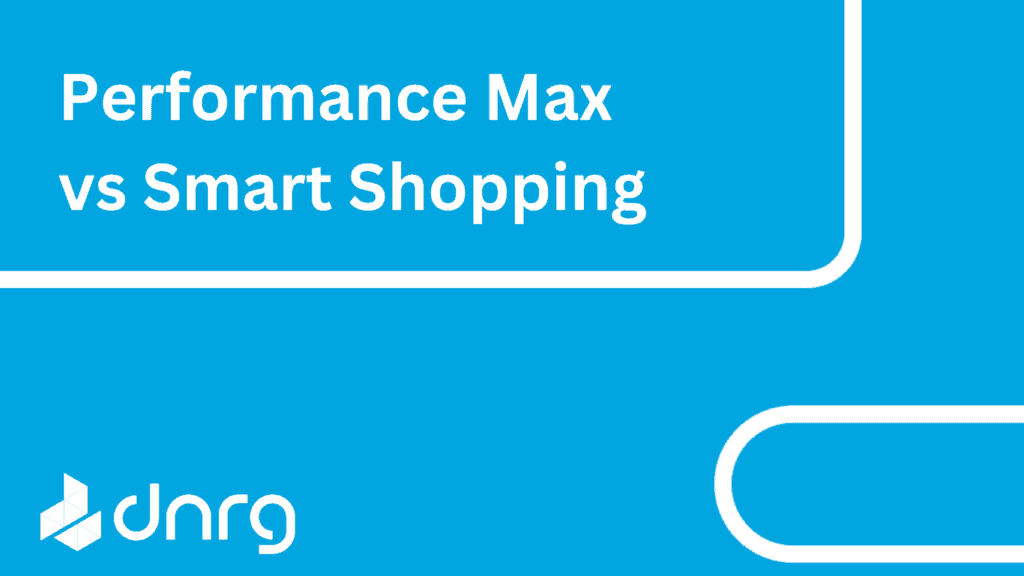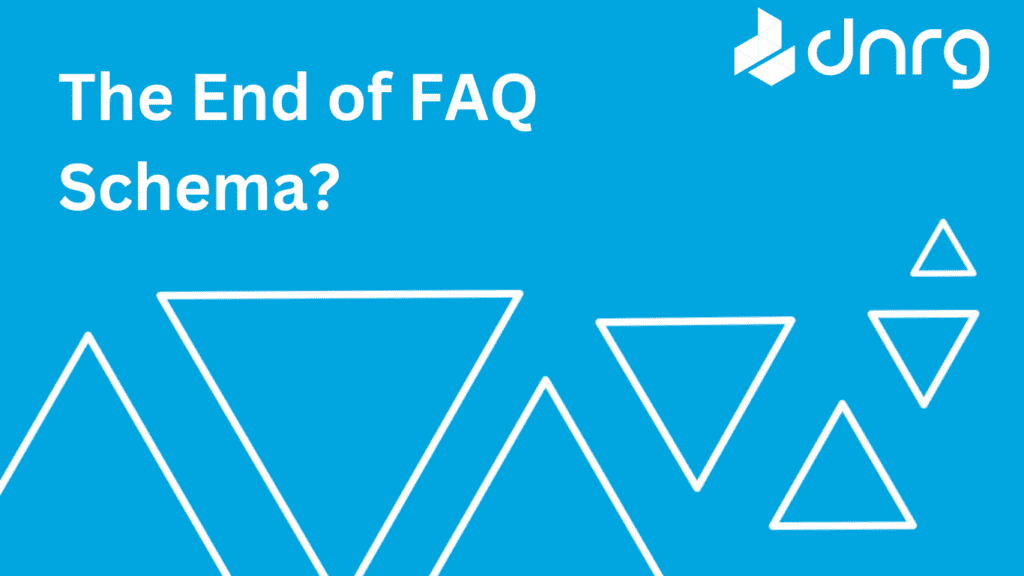Google is constantly releasing updates to its algorithm to better reflect what pages are ranking the highest in the search engine results pages (SERPs), including things like the helpful content update and the vicinity update.
In December 2022 they introduced the link spam update in order to combat so-called ‘spammy’ backlinks. So what is a backlink, why are they important for your website, and why should you avoid them being spammy?
What Is a Backlink?
A backlink is a link that points toward your website from another site on the internet. If you’re a business, a good example of a backlink is when you list your business or services on a directory listings page, as the page will contain a link to your website. Another example is if your company has been mentioned in a news article, where a link in the text will point back to your site.
Why Is a Backlink Important?
One key metric that Google uses to assess whether a site is a trustworthy site is the number of high-quality backlinks that are organically pointing toward a site. Because if other sites are mentioning you, quote you, or direct users to you, Google sees you as a more reliable website.
When Google sees you as a source to trust, this has a beneficial impact on page and keyword rankings across your whole site, making it more likely that you can rank higher for a search term compared to having a low amount of backlinks.
The quality of your website and its backlinks can be compiled into a score, sometimes known as a website’s domain rating (DR) or domain authority (DA). However, Google doesn’t use those scores directly, and they’re only an indication of how strong a website is likely to be in Google’s eyes.
Why Do Backlinks Have to Be High Quality?
When it comes to backlinks, it’s easy to think the page with the most backlinks wins. And that used to be the case. However, what that resulted in was websites buying links from other sites, no matter their quality, in order to boost their authority in the eyes of Google. The practice of doing this has been coined as ‘linkspam’, and it’s one practice that is now known as ‘black hat’ in the world of SEO.
By simply buying links it became pay-to-win, and it went against Google’s original principle that a high number of links pointing to your website was a good indicator of trustworthiness and authoritativeness. A whole industry was created off the back of this where link farms could link en masse to your site if you paid them a fee.
However, Google put paid to the buying of backlinks in 2017 with the Penguin 4 update and has further strengthened with the link spam update. Google now not only takes into account the quality of the sites linking back to you, but can actively penalise your website’s performance in the SERPs if they believe your backlinks contain too many low-quality, or spammy, backlinks.
What Does a Spam Backlink Look Like?
The best way to avoid having spam links pointing toward your site is by knowing how to identify spam backlinks. Bad inbound links will come from sites with a low domain authority, which in turn is based on the number of links pointing toward that site. The better the quality of the site you win the link from, the more beneficial the link is as more link equity (also known as link juice) is transferred from one page to another.
You should also look at what the page is currently ranking for when it comes to keywords. If a site isn’t ranking for any keywords at all, it means Google doesn’t see it as a website with enough quality to rank for search terms. And even if it does rank for some keywords, they should be identical, or related, to the keywords you’re looking to target.
You can also spot-check a site to see if it’s of the required quality. If it’s a low-quality publication where anyone can upload an article based on any topic in order to win a link, then it’s likely that it’ll be a low-quality site. High-quality links should be harder to get than that.
As well as the quality of the site, the quality of the backlink also depends on where the link is and how it’s presented. One black hat tactic in order to gain links from high-authority sites was to post links in the comments of an article or a forum thread. Google also takes into account whether there’s any anchor text used for a link or whether it’s a naked URL presented on the page.
What’s Included in Google’s Link Spam Update?
Introduced in December 2022, Google started to utilise a tool called SpamBrain, which is their AI-based spam prevention system. As well as being able to detect spam, it can also detect sites buying links as well as sites that exist for the purpose of passing on links.
Google has always stated that links gained for artificial manipulation of the search engine rankings, especially bought links, are link spam. Google can nullify pages and sites that engage in that practice, so it’s always a good idea to see if your site might be receiving low-quality backlinks.
How Does Google Penalise Spam Backlinks?
There are two things that Google can do to penalise a site when it comes to poor-quality backlinks. The first is algorithmic penalties where Google’s algorithms will access the quality of your backlinks and identify whether they are spammy. If they are, this can lead to an immediate drop in traffic and search engine visibility, seriously harming your site.
The other type is a manual penalty, which is applied by a member of Google’s webspam team. This could be triggered by a report from a competitor or could be a competitive niche regularly monitored by Google.
In both cases, if low-quality backlinks are found pointing toward your site, you will be handed a link penalty. You could see a drop in rankings, which in turn will affect your website traffic, or you could be removed from the SERPs altogether, seriously harming your site.
How To Remove Bad Backlinks
If you have a number of poor-quality backlinks pointing to your site, it can have a negative impact on your website’s performance. There are two ways you can approach removing these backlinks. The first is by requesting from the site owner that the link be removed, but if that isn’t possible you’ll want to create a disavow list that tells Google to ignore certain links. Once you have created it, you can then submit your disavow list to Google.
How DNRG Can Help With Backlinks
Link building is a key part of the SEO package that we offer at DNRG, allowing us to adopt the latest and best practices when it comes to building the number of quality backlinks pointing towards your website, and building up its domain authority. It goes alongside onsite optimisation of your website and technical fixes to help your site operate more smoothly.
An increase in the expertise, authority, and trustworthiness of your website through the building of high-quality outreach link-building can make it easier to rank higher for specific keywords, which in turn can increase page views, leads, and transactions.
Contact DNRG today to discuss what we can offer from an SEO point of view, as well as other services like PPC, Paid Social, and CRO.
